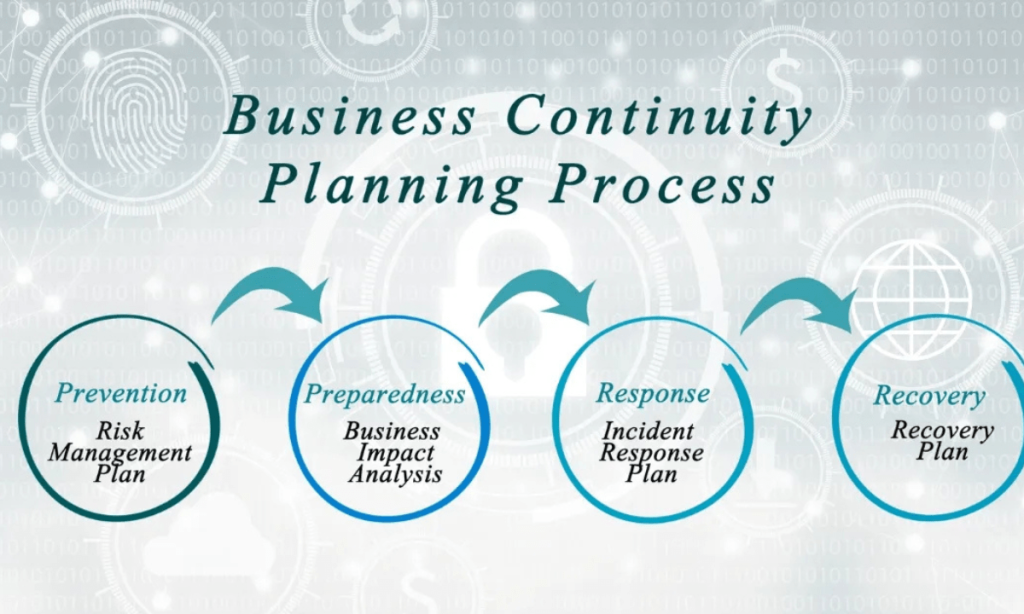
Introduction
In today’s fast-paced digital world, business continuity planning (BCP) has become a critical priority for tech companies. With increasing cyber threats, data breaches, and system outages, organizations must be prepared to handle unexpected disruptions.
A well-designed continuity plan ensures minimal downtime, protects valuable assets, and maintains customer trust during crises.
Understanding Business Continuity in the Tech Industry
For tech companies, business continuity goes beyond traditional disaster recovery. It involves safeguarding data centers, cloud infrastructures, and critical applications that support day-to-day operations.
BCP ensures that services remain accessible even during cyberattacks, hardware failures, or natural disasters. In an industry where uptime and reliability are essential, having a robust continuity strategy is non-negotiable.
Key Components of an Effective Continuity Plan
Effective business continuity planning starts with risk assessment and impact analysis. Identifying potential threats—such as data loss, power outages, or ransomware—helps prioritize recovery efforts.
Tech companies should establish data backup protocols, redundant servers, and secure communication systems. Regular testing and simulation exercises help refine the plan and ensure teams can respond efficiently when disruptions occur.
Leveraging Technology for Resilience
Modern technologies like cloud computing, artificial intelligence, and automation are strengthening business continuity frameworks.
AI-driven monitoring systems can detect anomalies early, while cloud-based solutions enable remote access to critical resources.
These innovations help tech companies maintain operational stability even when physical infrastructure is compromised.
Conclusion
Business continuity planning is not just a precaution—it’s a strategic necessity for tech companies.
By investing in resilient infrastructure, proactive monitoring, and continuous improvement, organizations can ensure uninterrupted service, safeguard their reputation, and stay competitive in an unpredictable digital landscape.
